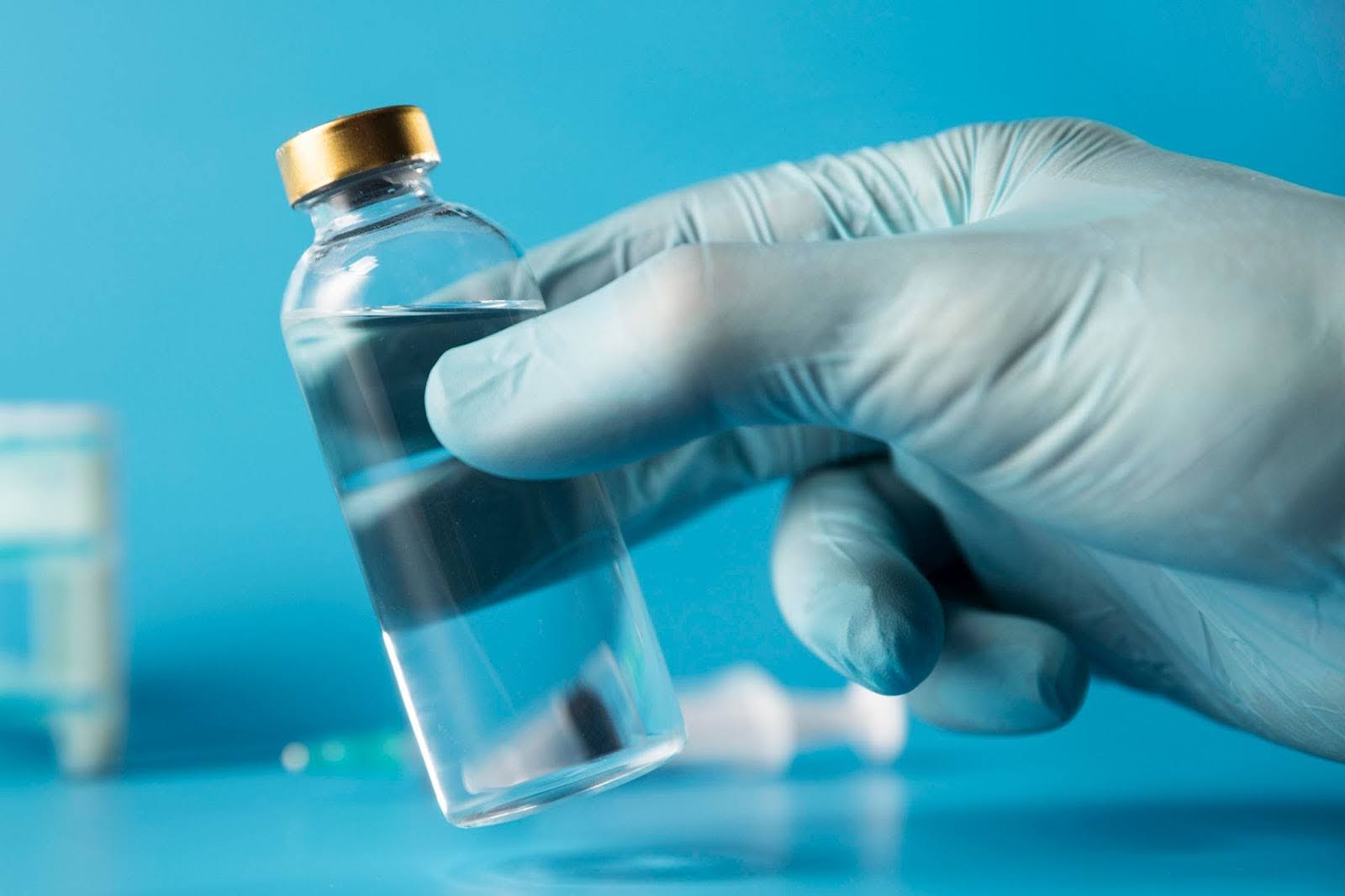by Mrudula Kulkarni
7 minutes
PW Loop Maintenance: 5 Challenges, 5 Fixes
Discover 5 key challenges in PW loop maintenance and practical fixes to keep pharma water systems compliant and reliable.

In pharma, Purified Water (PW) isn’t “just water.” It’s the bloodstream of your facility—keeping manufacturing alive, compliant, and running. But here’s the catch: the PW loop that carries this water is also one of the most fragile, failure-prone components of a pharmaceutical water system.
Ignore its maintenance, and you’re not just risking downtime—you’re risking regulatory citations, batch failures, and millions in losses.
Here are the 5 biggest challenges in purified water system maintenance—plus a checklist to help you stay compliant with USP <1231> water standards.
Microbial Growth: The Invisible Threat
Even the best-designed purified water generation systems face microbial risks. Biofilms form in stagnant zones of the PW loop, releasing endotoxins that compromise pharmaceutical compliance.
Solution:
- Keep water recirculating at a turbulent flow
- Run hot water sanitization (>65 °C) at defined intervals
- Validate and monitor endotoxin removal as part of purified water validation
Dead Legs = Deadly Mistakes
Dead legs in pharmaceutical water distribution systems are hidden microbial havens. Poor loop slopes or unused branches encourage stagnation.
Solution:
- Ensure loop slope is ≥ 1:100
- Eliminate unnecessary branches during design
- Audit system maps regularly for hidden flow issues
Case Study: When a Hidden Dead Leg Shut Down a Plant
A mid-sized pharma facility in Southeast Asia learned the hard way that PW loop design flaws don’t forgive.
Everything looked fine on paper—their purified water generation system was validated, and USP <1231> water standards were being met. But during a routine FDA audit, inspectors noticed inconsistencies in microbial data. Further investigation revealed a 3-meter dead leg in the loop—a stagnant section that had gone unnoticed for years.
Within that section, biofilm had silently multiplied, releasing endotoxins into the system. The outcome?
- Two full weeks of plant downtime
- Three rejected batches of product
- Regulatory warning letter citing GMP failures
- An estimated loss of $1.5 million in revenue and remediation costs
What Solved It?
The facility re-engineered its loop with a proper ≥1:100 slope, eliminated dead legs, and implemented real-time microbial monitoring. With these fixes, they not only regained compliance but also built a more resilient purified water system that withstood future audits without issue.
PW loops fail quietly, but the cost of neglect is loud, expensive, and reputationally damaging
Sanitization Inconsistencies
Inconsistent sanitization undermines pharmaceutical water quality monitoring. Chemical sanitization or hot water cycles must be standardized to control microbial load.
Solution:
- Establish a validated sanitization schedule
- Document every cycle for compliance audits
- Use automation to ensure repeatable, error-free processes
Rouging & Corrosion: The Silent Erosion of Quality
Even 316L stainless steel in pharmaceutical purified water systems is vulnerable to rouging and corrosion, which alter chemical profiles and impact long-term system reliability.
Solution:
- Inspect piping surfaces regularly
- Perform passivation and electropolishing
- Replace degraded components promptly
Monitoring Gaps = Regulatory Red Flags
Pharma purified water challenges aren’t just physical—they’re digital. Manual logbooks and fragmented monitoring systems fail today’s 21 CFR Part 11 compliance requirements.
Solution:
- Install smart sensors for conductivity, TOC, microbial load
- Use pharmaceutical water quality monitoring systems with audit trails
- Review data trends proactively to prevent deviations
Why This Matters NOW?
With stricter FDA audits, biologics on the rise, and global supply chain pressures, pharmaceutical water system resilience is no longer optional—it’s essential.
Companies that prioritize PW loop maintenance as a strategic investment will avoid shutdowns, safeguard compliance, and ensure product safety.
✅ Final Takeaway: The strongest pharma purified water systems aren’t flawless—they’re the ones that are maintained, validated, and monitored for resilience under pressure.
FAQs
1. What is a PW loop in pharmaceutical water systems?
A PW loop (Purified Water loop) is the distribution network that continuously circulates purified water within a pharmaceutical facility. It ensures water quality is maintained from the generation system to points of use without microbial growth or contamination.
2. Why is purified water loop maintenance important?
Maintenance prevents biofilm formation, dead legs, rouging, and microbial contamination—all of which can compromise product safety, trigger compliance issues, and result in costly downtime.
3. What are the USP <1231> standards for purified water?
USP <1231> sets key quality limits for PW:
- Conductivity: ≤ 1.3 µS/cm at 25 °C
- Total Organic Carbon (TOC): ≤ 500 ppb
- Microbial Load: ≤ 100 CFU/mL
4. How often should a PW loop be sanitized?
Sanitization frequency depends on system design and risk assessment. Many facilities use weekly or biweekly hot water sanitization (>65 °C), while others rely on validated chemical sanitization cycles.
5. What is the biggest risk in PW loop design?
The most common risks are dead legs and poor loop slopes (<1:100), which cause water stagnation and microbial growth. These flaws often remain invisible until audits or system failures occur.




